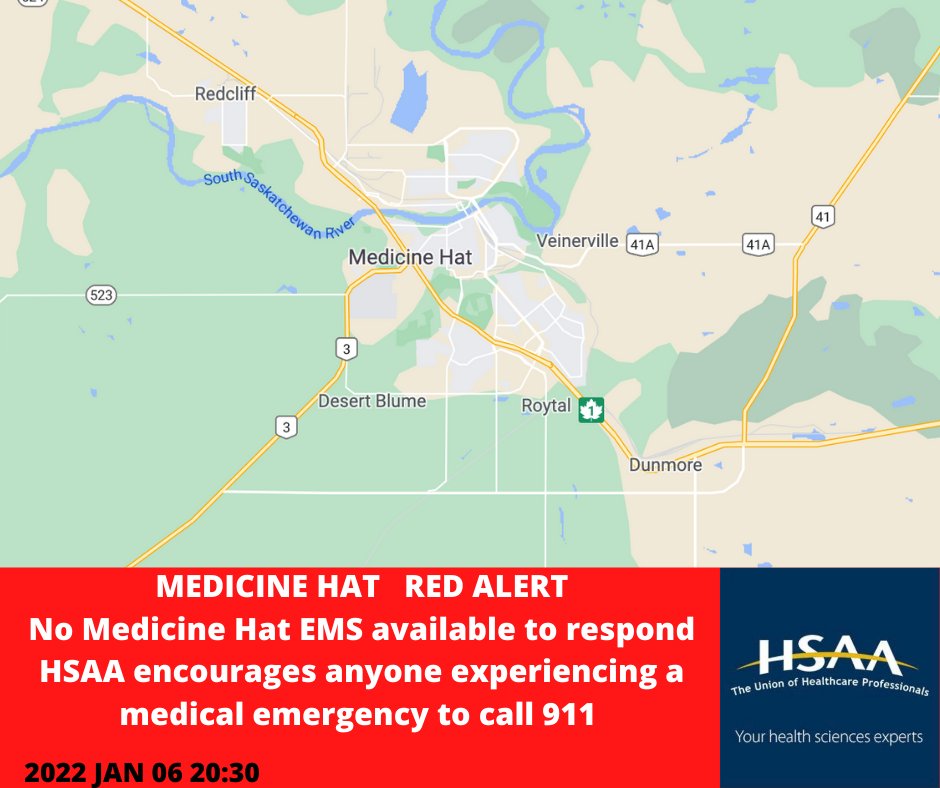
Ambulance shortage an ongoing issue in Medicine Hat
MEDICINE HAT, AB – Sirens are the sound of help on the way but you could be waiting an hour for it if it’s even available.
In the last two and a half weeks, emergency medical services in the Medicine Hat area have been on red alert five times. According to the Health Sciences Association of Alberta, it happened as recently as Thursday night.


